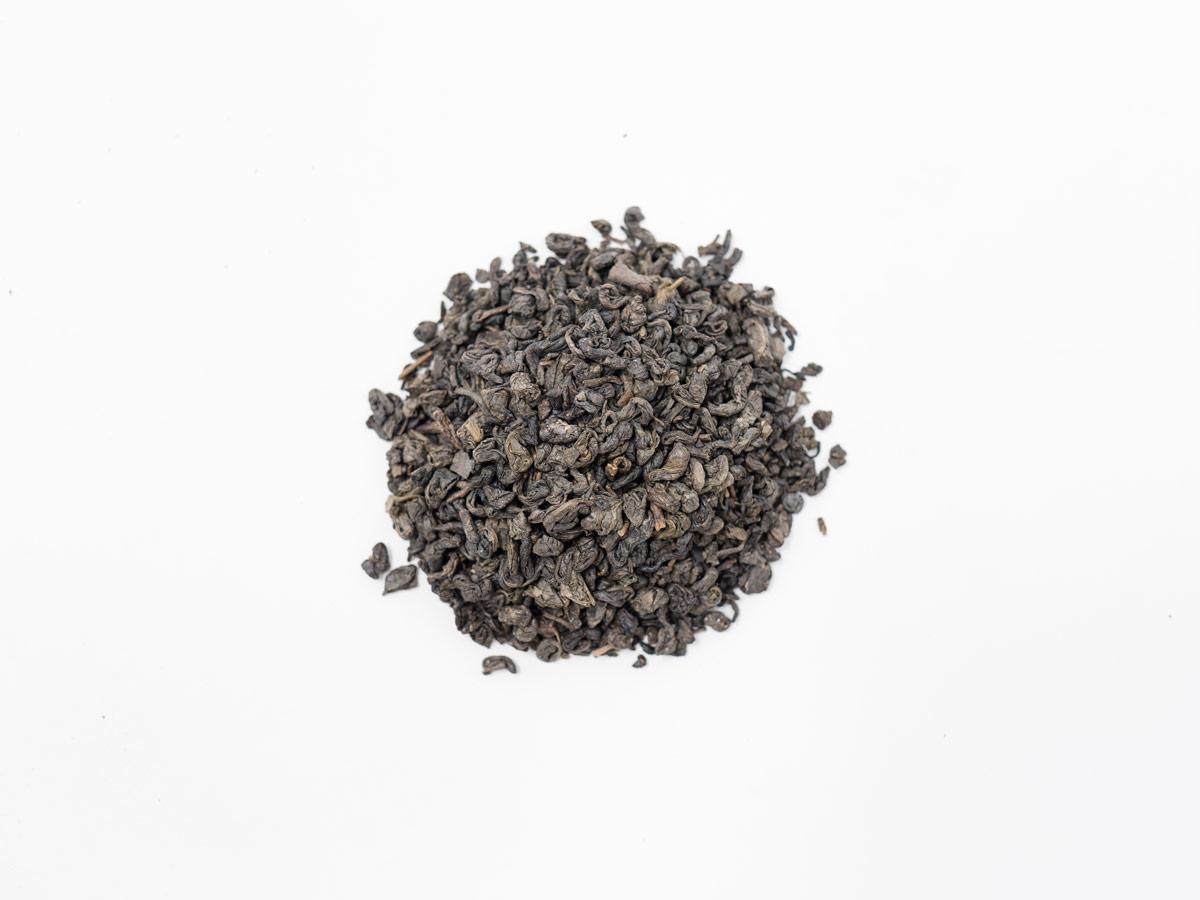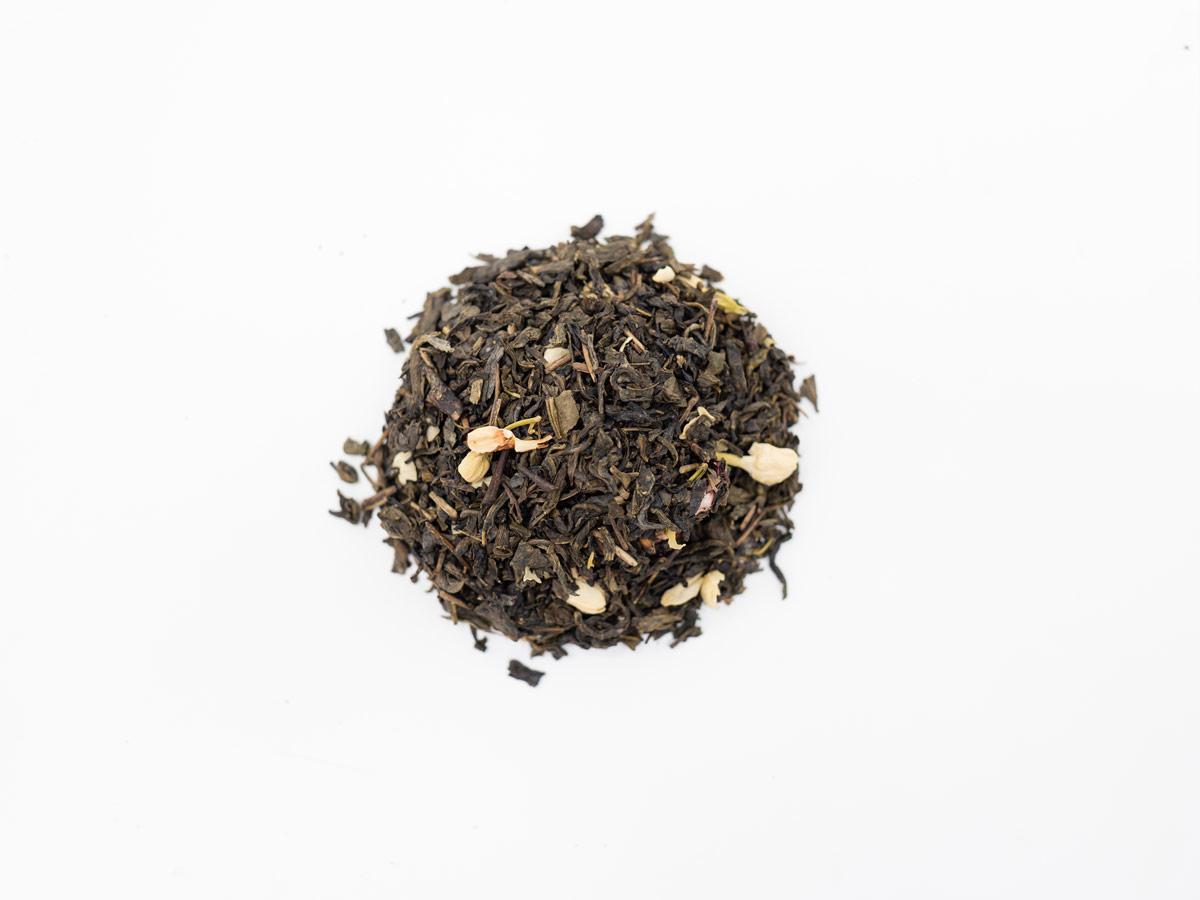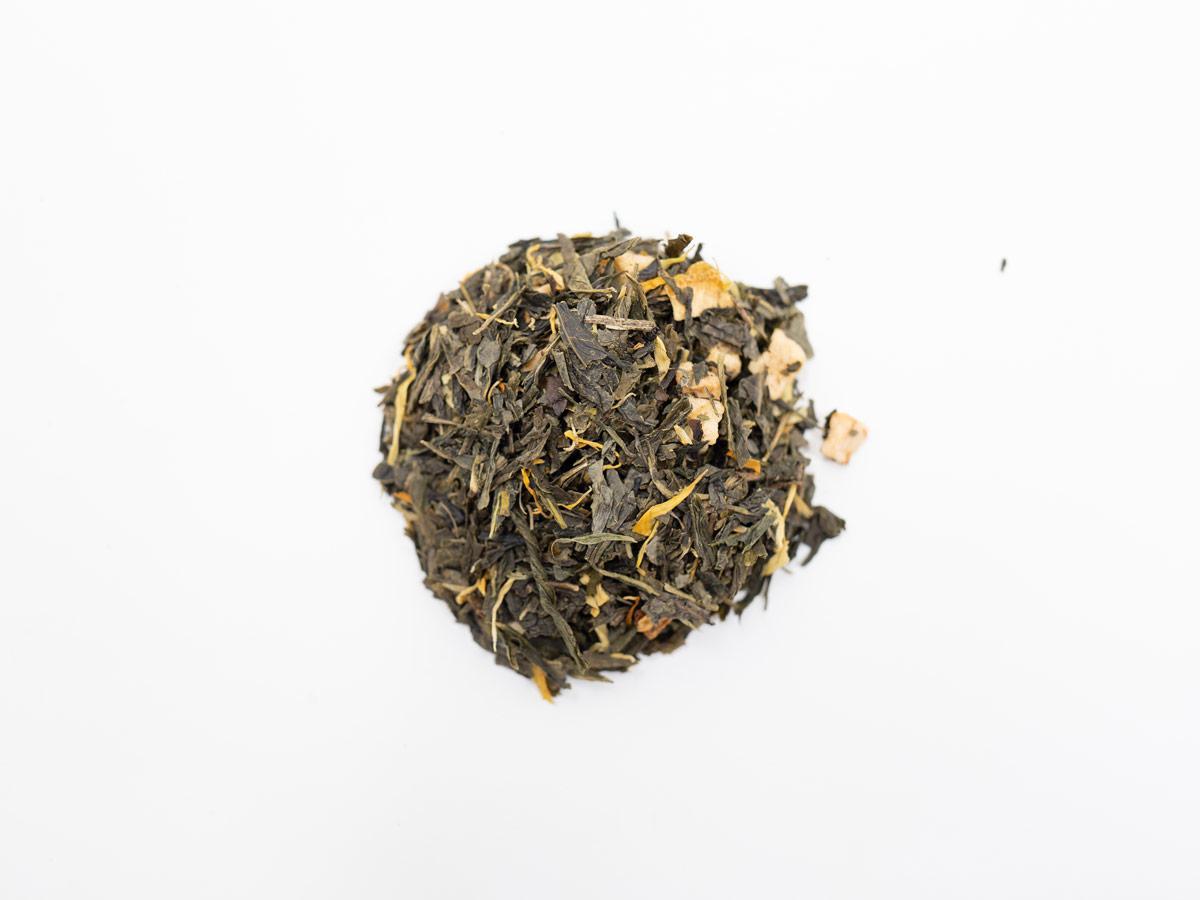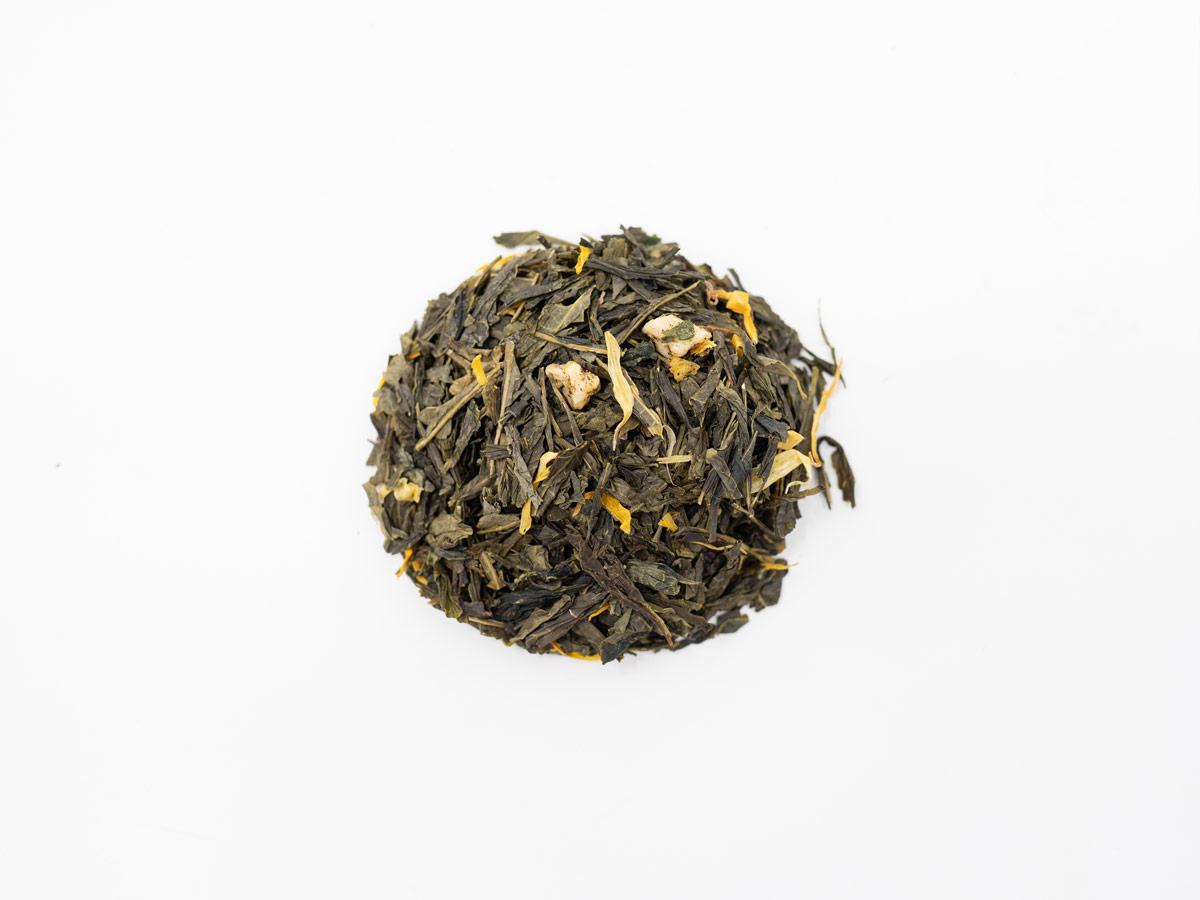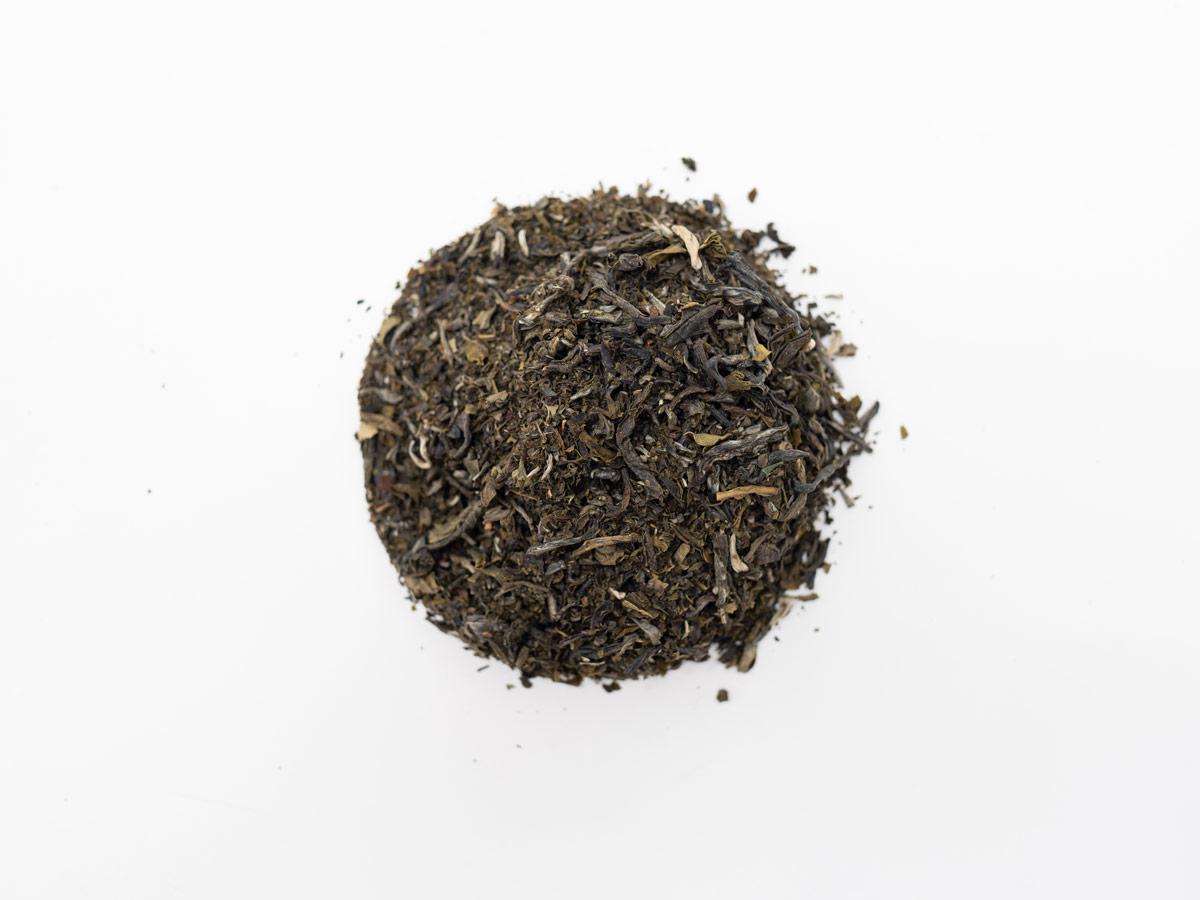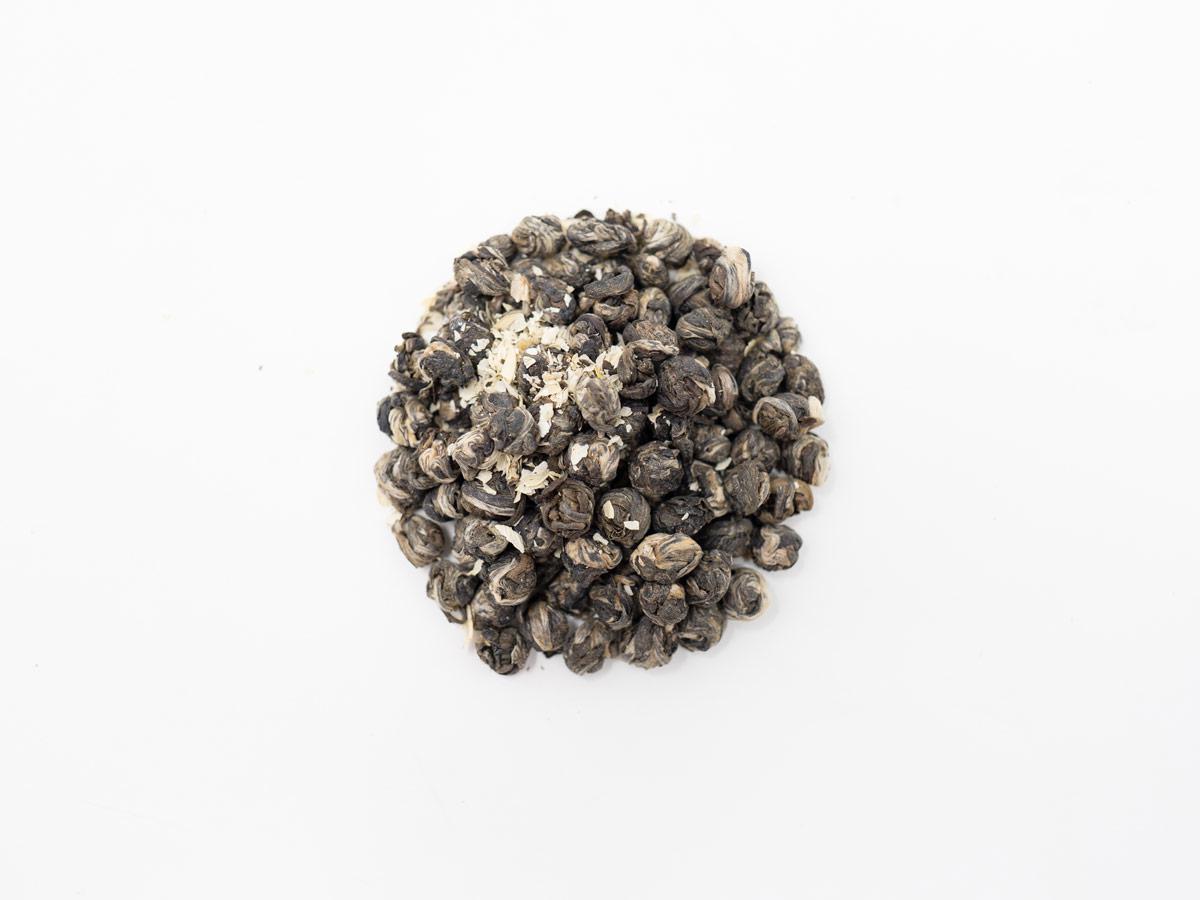History of Green Tea
Green tea originated in China, tracing back to 2737 BC. The discovery occurred accidentally when the Chinese Emperor Shennong mistakenly drank water with a dead tea leaf boiled inside. He found the flavor refreshing; thus, a new beverage was born. Green tea was costly and only available to the highest tiers of Chinese society. It was not until the 14th century that green tea became accessible to the general public for enjoyment and medicinal purposes.
Around 800 AD, during the Tang Dynasty, an innovative book titled "Cha Jing," also known as "The Classic of Tea," was written by a Chinese man named Lu Yu. When he was a young boy, Lu Yu was adopted by a Buddhist monk and grew up brewing and serving tea. His interest in tea blossomed as he grew older, and his ability to make tea improved. He decided to take time away from the public to research and write down his findings, and "The Classic of Tea" became the first written work to explain green tea culture and art.
The highly favored green tea eventually traveled West in the 19th century with European explorers. Due to its incredible flavor, it was a huge commodity and became Great Britain's national beverage, along with black tea. Soon after, English settlers traveled overseas and introduced the great taste of green tea to America. Green tea was called "bullet tea" because it resembled the shape of bullets when sent. The colonists quickly obsessed over the tea, which became so popular that Parliament imposed a Tea Tax in 1767. As we all know from our history books, the colonists were quite upset, and the Boston Tea Party took place. As a result, 45 tons of precious green tea were dumped into the harbor.
In the last few decades, the popularity of green tea has steadily increased. The more we learn about this fantastic tea, the more impressive and beneficial it becomes.
Green Tea Processing
Tea comes from the Camellia Sinensis plant. Whether black, green, or white, the amount of oxidation allowed during the drying cycle determines the color of the tea. Green tea is among the leaves with a shorter drying period to prevent further oxidation. A shorter drying time ensures that the leaves retain their green color. When the moisture evaporates, they transition the leaves to the heating process for cooking and curling. The heating methods can vary due to the techniques and region. Chinese green teas take the pan firing approach where the tea is pan or wok roasted, leaving them paler in color. The Japanese method is to deep steam the teas, giving them a brighter green color. The last step is to roll, curl, or twist the tea leaves by hand to wring out any excess water or sap. This part of the process also helps define the different tea types.
Health Benefits of Green Tea
Green tea is considered a super-food: one of the healthiest beverages on the planet. This is primarily due to the extensive amount of vitamins and antioxidants it contains. The unoxidized feature of green tea allows it to have a much higher concentration of chlorophyll, polyphenols, and antioxidants. Research has found that green tea leaves contain bioactive compounds that decrease the production of free radicals in the body that play a role in aging and disease. For this reason, green tea is often used for medicinal purposes.
One of the most popular and exciting theories about green tea is that it can burn fat and increase metabolism. Different studies have demonstrated that the consumption of green tea can oxidize fat both in a resting and moderately-intense active state. The majority of the body fat percentage was shown to decrease in the abdominal area. It is important to point out that some studies presented no change in metabolism or fat loss so the effects may vary depending on the individual.
Many risk factors for cardiovascular diseases, such as heart disease and stroke, have seen improvement with the consumption of green tea. The antioxidant levels of green tea increase the proficiency of antioxidants in the bloodstream, which improves cholesterol and prevents cholesterol particles from decaying. The decomposition of cholesterol particles is one of the causes of heart disease.
Along with the physical effects on the body, green tea is known to improve brain function and protect the brain from neurodegenerative diseases. Studies suggest that when consumed consistently, the bioactive compounds in green tea can strengthen the brain and assist in the prevention of plaque formation, which can cause dementia. One study focusing on cognitive functions discovered increased brain activity, improved memory, and greater task performance in patients that drank green tea.
The benefits listed above are just a few of the ways green tea can improve our bodies inside and out. No wonder green tea is known as the healthiest drink on the planet. If green tea is not one of your beverages of choice, I would highly recommend making this delicious tea a staple part of your life.








